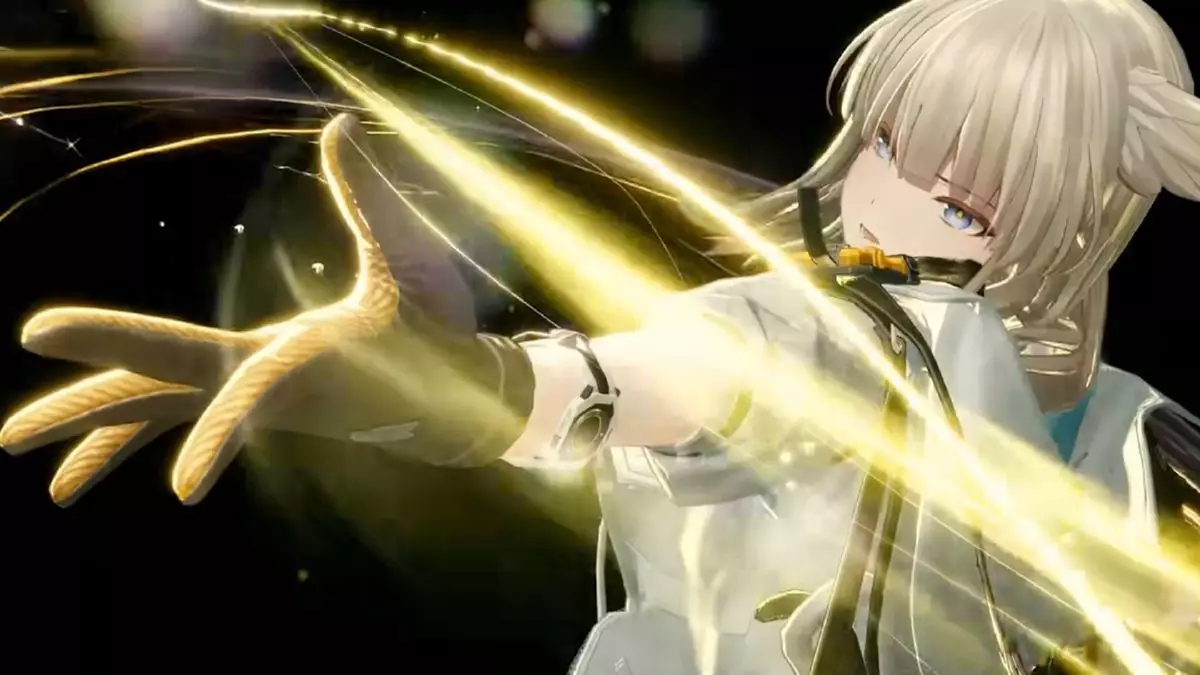The gaming landscape has evolved dramatically over the last few years, with particularly notable strides made by Chinese developers. The success of titles like *Black Myth: Wukong* has not only captured global attention but has also led to a respectful re-examination of China’s burgeoning video game industry, especially among developers in Japan. As a symbol of this newfound recognition, social media discussions have erupted, shedding light on the differing philosophies of game design and animation between China and Japan.
In a recent exchange on social media by Japanese developers, praise was heaped upon upcoming titles from China, particularly a clip from *Arknights: Endfield*, developed by the Shanghai-based studio Hypergryph. Industry veterans pointed out that the distinction in quality between Chinese and Japanese games lies less in graphical capabilities and more substantially in animation finesse. Alwei, of Indie-Us Games, articulated this sentiment, emphasizing that the nuanced aspects of animation—including character movements, physics, and camera techniques—far surpass those typically seen in Japanese games.
This constructive criticism not only highlights the capabilities of Chinese developers but also critiques the stagnation in traditional Japanese game design elements. It invites a conversation about how both industries may learn from each other to improve their own gaming products.
The technical merits of Chinese animations are indeed impressive, characterized by smooth transitions and lifelike interactions that enthrall players. While it’s easy to dismiss some content as typical for the gacha genre—such as exaggerated character designs and animated antics—the underlying technical prowess demands acknowledgment. Each frame is crafted meticulously, showcasing an artistic understanding that transcends mere gaming aesthetics and ventures into the realm of visual storytelling.
It’s clear that this craftsmanship resonates with players. It is no longer enough to simply rely on extravagant visuals; players now crave experiences that evoke deeper emotional responses through animation, an area where China appears to have the upper hand.
Alwei’s additional observations about Japan’s animator shortage reveal another layer of competition. With China’s extensive talent pool bolstered by its vast population—over 1.4 billion compared to Japan’s 124 million—Chinese developers benefit not just from more manpower but also from vastly larger budgets for individual projects. The scale at which Chinese studios operate often dwarfs that of their Japanese counterparts, significantly impacting the level of polish and sophistication achievable in their animations.
Illustrator Shiba_29 further elaborated on this disparity, suggesting that the financial backing available to Chinese developers allows them to explore expansive projects that would be unimaginable within the constraints typically faced in Japan. This “bigger is better” mentality not only amplifies the scale of projects but fundamentally reshapes how developers approach game creation.
Perhaps equally important is the cultural contrast in creative freedom between the two nations. Shiba_29 notes that China’s development environment fosters a sense of adventure where unconventional ideas can flourish, in contrast to Japan where such risks might be stifled by the prevalent conservative culture. This willingness to innovate may lead to breakthroughs in animation techniques and storytelling unique to Chinese titles, enhancing their appeal in both local and global markets.
As gaming continues to evolve into a dominant form of entertainment, this creative spirit may provide Chinese developers with an edge as they push the boundaries of what video games can achieve artistically.
The dynamic between Chinese and Japanese game development brings forth an array of opportunities and challenges. As each country recognizes the strengths of the other, they can learn, adapt, and evolve. The trajectory of this industry suggests that the implications of these developments will be felt for years to come, potentially leveling the playing field and fostering a spirit of collaboration rather than competition. With each industry pushing the envelope in their unique ways, the ultimate beneficiary will be the global gaming community, enriched by the diverse narratives and artistic expressions crafted from this cross-cultural exchange.

